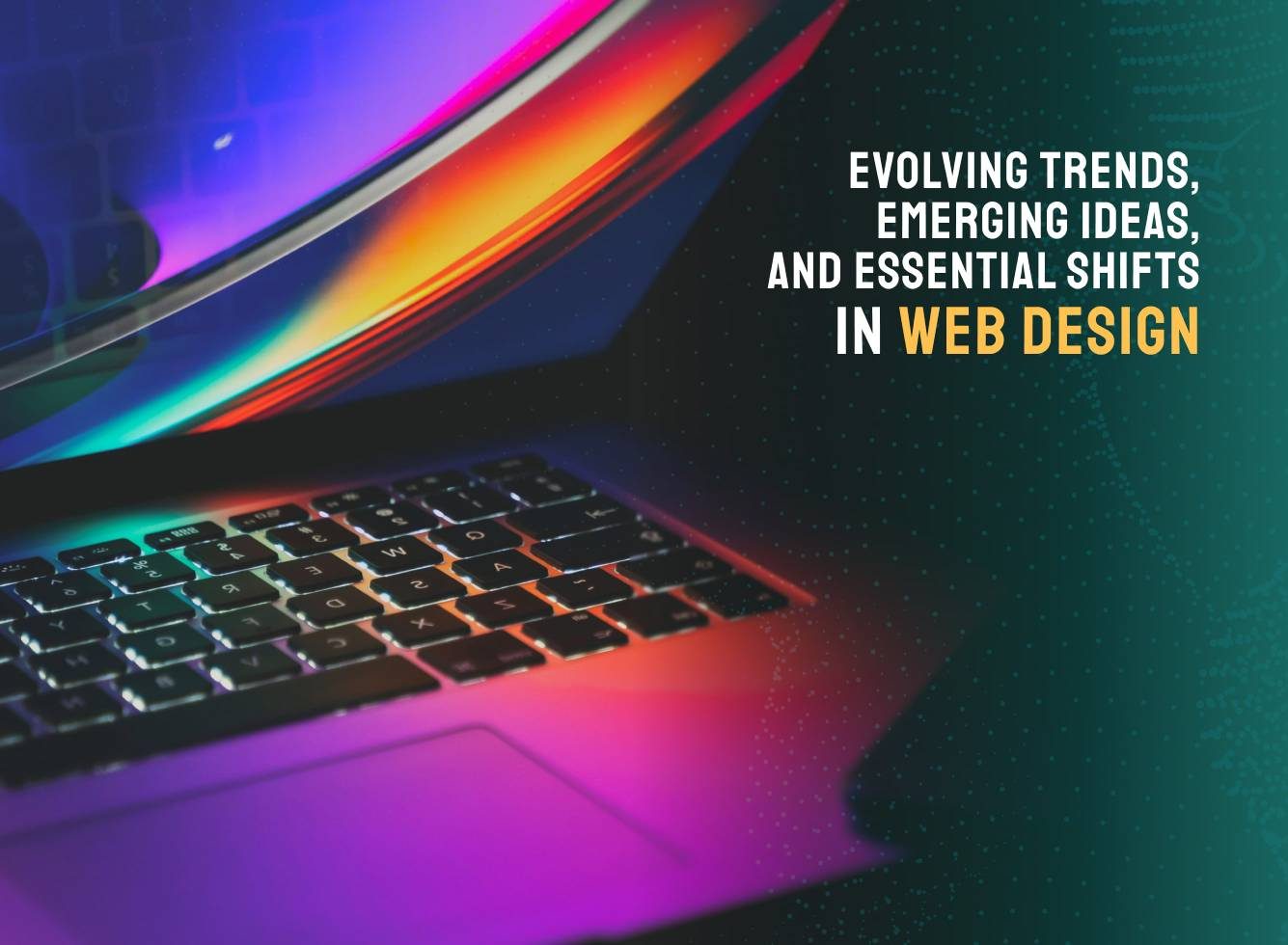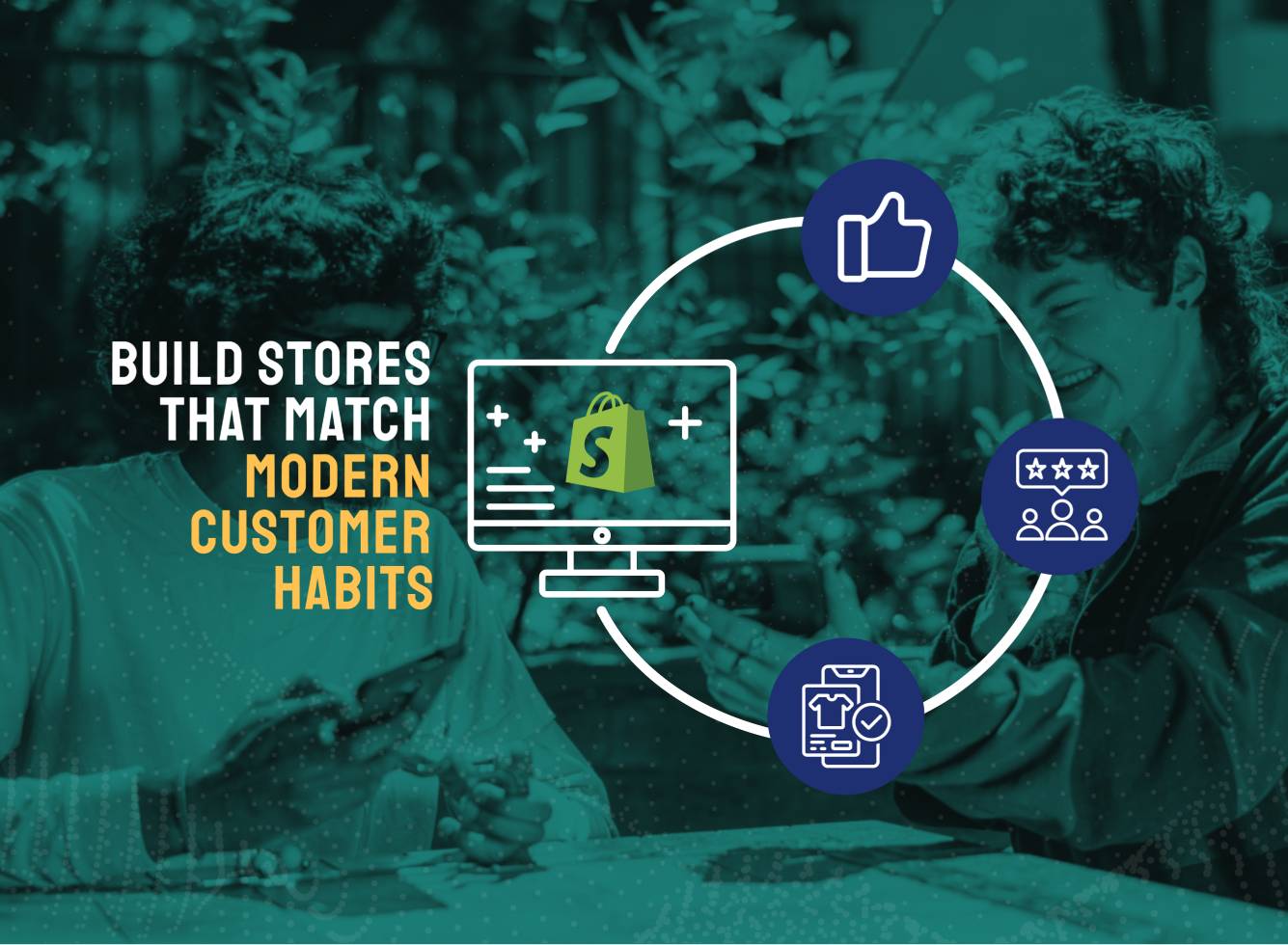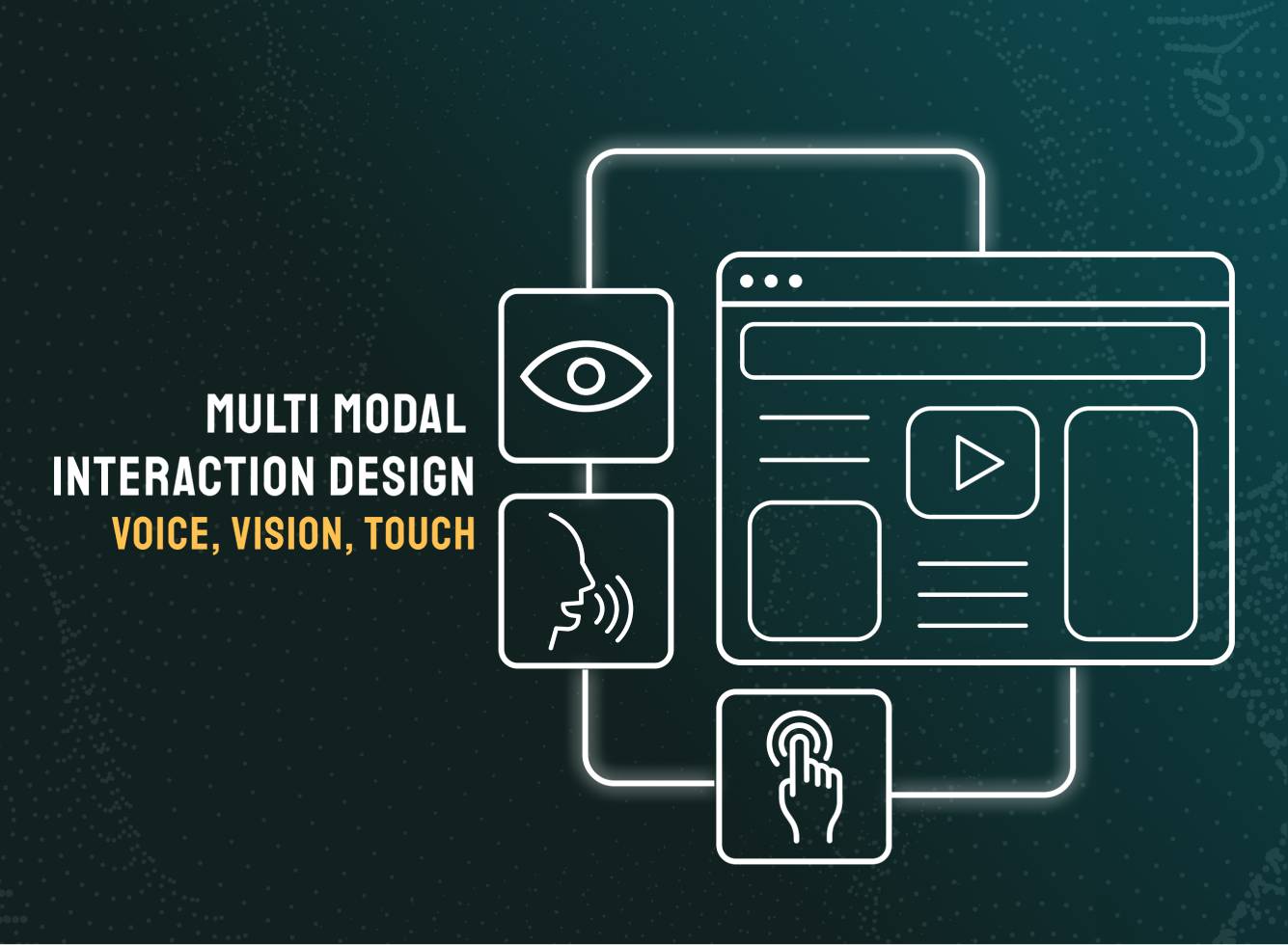Evolving Trends, Emerging Ideas, and Essential Shifts in Web Design

Web design today is more than an aesthetic decision - it’s a strategic investment in how businesses communicate, connect, and convert. As user behavior shifts and digital capabilities expand, design has evolved into a layered practice - blending visuals, functionality, accessibility, and performance. Here’s a look at the evolving trends, emerging ideas, and essential shifts shaping web design right now.
1. UX and Interaction that Feel Personal
User experience is at the core of modern web design. It’s not just about being user-friendly – it’s about being user-intuitive.
- Micro-interactions (like hover effects or subtle loading animations) offer valuable feedback and make pages feel responsive.
- Scroll-triggered animations bring storytelling into motion, helping users engage with content at their own pace.
- Playful cursors that change shape or trigger effects add branded personality to subtle moments.
- Non-traditional scrolling patterns – like horizontal, sticky, or diagonal navigation – are becoming more common in portfolio sites and creative platforms.
- Interactive storytelling is being used to guide users through narratives using transitions, dynamic content, and multimedia elements.
2. Visual Trends that Push Identity Forward
Design aesthetics are becoming bolder, more expressive, and less confined to traditional rules.
- Dark mode continues to gain traction – not just for comfort, but as a deliberate visual direction.
- Gradients and organic blurs are back in trend, often paired with vibrant palettes or subtle transitions.
- Custom illustrations are replacing off-the-shelf visuals, helping brands feel more original and personable.
- Typography is becoming a visual asset – with oversized fonts, unique typefaces, and even kinetic/moving text.
- Neo-brutalism and anti-design challenge conventional ideas of beauty, using raw layouts, harsh contrast, or deliberate awkwardness to capture attention.
- Abstract and organic shapes – like floating blobs, fluid waves, and uneven edges – offer softness and motion within layouts.
3. Layouts that Break the Mold
Rigid grids are being replaced or reimagined to allow more flexibility in how content is presented.
- Bento layouts, inspired by Japanese lunch boxes, divide content into structured, modular blocks – great for dashboards, portfolios, and product overviews.
- Minimalism continues to be relevant, especially when paired with generous white space and purposeful typography.
- 3D visuals and WebGL elements are now easier to integrate – used in product showcases, hero banners, and interactive environments.
- Hybrid layouts that blend flat design, 3D models, animated elements, and organic shapes are creating more layered, immersive experiences.
4. Tech that Quietly Enhances Design
Design and development are more intertwined than ever. Today’s websites are expected to be functional, fast, and responsive – across all devices and user behaviors.
- AI is influencing layout generation, UX personalization, and content suggestions based on user context and behavior.
- Chatbots are evolving into intelligent, guided experiences that help users find information or complete tasks through natural dialogue.
- Responsive design remains foundational – now expanding to support ultrawide monitors, foldables, and more.
- Sustainable web design is gaining traction, with teams optimizing code, compressing assets, and choosing eco-friendly hosting.
- Data-led adjustments are being used to adapt layouts in real time based on engagement patterns or device usage.
5. Accessibility as a Design Standard
Accessibility is no longer a compliance checkbox – it’s a design imperative that improves experience for everyone.
- Alt-text, semantic HTML, and keyboard navigation are becoming expected practices.
- High-contrast modes, motion control toggles, and resizable fonts are being added to support broader audiences.
- Voice UI integration – though still early – is opening up new ways to navigate and interact without relying on traditional inputs.
- Inclusive practices are influencing design thinking from the beginning, rather than being added retroactively.
6. What Else is on the Horizon?
Beyond the established trends, a few directional shifts are quietly making their way into the mainstream:
- Design systems and atomic design thinking are helping teams maintain consistency across large digital estates.
- Real-time design personalization – adapting UI layouts or messaging on-the-fly based on user actions – is beginning to take hold.
- Blended visual styles that combine 2D, 3D, motion, and tactile elements are creating richer brand ecosystems.
- Voice interfaces and sound design are gaining relevance for accessibility, onboarding flows, and new device types.
These trends may not yet be standard – but they signal where design is headed next.
Design that Adapts, Engages, and Performs
Effective web design isn’t just about following trends – it’s about making strategic choices that serve the needs of real users and evolving businesses. As expectations grow and digital journeys become more complex, design decisions must strike a balance between creativity, clarity, and consistency.
For businesses looking to build or rethink their digital presence, collaborating with a web design agency Toronto based can provide that much-needed edge. Close collaboration leads to faster feedback, sharper creative alignment, and a better grasp of the challenges unique to your audience and market.



